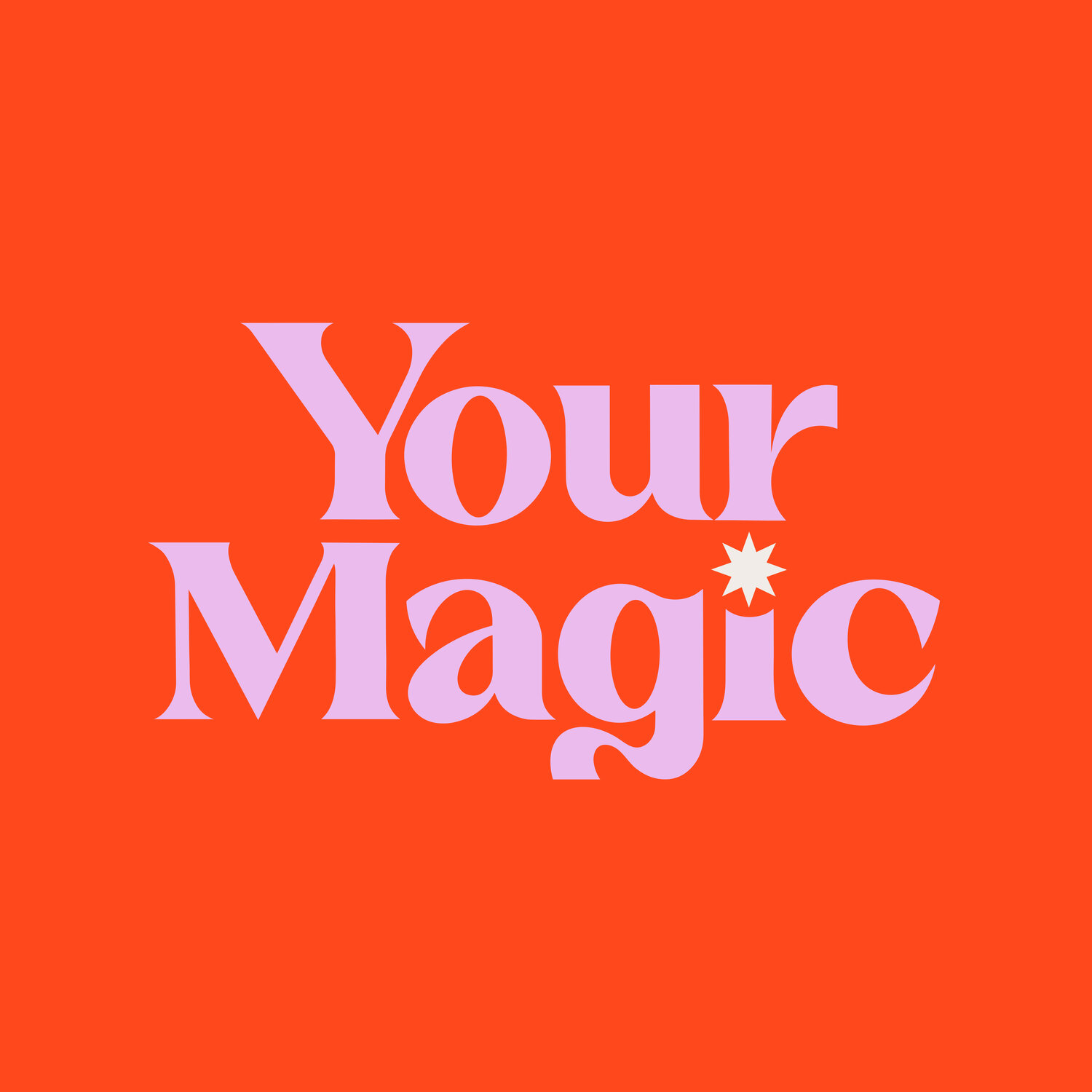How I Became a Jewish Priestess
As told to Michelle Tea
September 16, 2021
Rebekah Erev is an artist whose Jewish mysticism infuses her work, whether it be her gorgeous, minimalist Moon Angels divination deck, which fuses moon worship, emotions, and transcendental Judaism, or her more recent Verdant Dreams of Olam haBa, a richly illustrated and information-packed daily planner which follows the Jewish calendar, made in collaboration with artist Nomy Lamm. (Your Magic readers can get 10 percent off planner purchases with code WITCH).
Rebekah spoke to Michelle Tea about her process of becoming a priestess through the Kohenet Hebrew Priestess Institute.
When I decided to go to Kohenet, I was actually contemplating going to rabbinical school. I had just officiated a friend’s wedding where I really felt like I was channeling something. Some of the wedding guests even noticed how in the zone I was and started calling me rebbe (an affectionate word for rabbi). The wedding gave me the opportunity to really step into that role, so I started looking into rabbinical schools. But, in the process, I came up against the patriarchal side of Judaism.
I had studied with Jill Hammer, one of the co-founders of Kohenet — learning with her changed my life. She’s a scholar of the Sefer Yetzirah, which is a magical Jewish text. Studying with Jill had already changed my outlook, and so this moment was an opportunity to continue that study and enroll at her woman-centered priestess institute, Kohenet.
In my three-year training program, we met twice a year for week-long retreats. In the off-time we would do readings and partner assignments called havruta. We studied the 13 netivot, archetypes like the wise woman, the fool, and the lover that present themselves throughout Hebrew literature. The Hebrew year has 12 months, but in leap years there are 13, so there’s an archetype for each month. The netivot are connected to the Hebrew letters, to tarot cards. It’s a really wonderful framework for studying. It’s changed my life and has become core for my community and political work.
An illustration from the Verdant Dreams planner.
In the larger Jewish community, however, Kohenet has come up against some interesting challenges. The way Jews were able to maintain our practices and religion was through assimilating to mainstream Christianity and patriarchy. A lot of the magical, earth-based, feminist practices of Judaism have become hidden, whispered around the table in the home. In modern times, magic has been shunned. For example, in my early days at Kohenet, we didn’t talk publicly about magic. I was ordained nine years ago, and since then, we’ve been trying to gain some acceptance in the Jewish community. It was a big deal when Rabbi Zalman, one of the founders of the Jewish Renewal movement, gave us his blessing — even though he said some sexist things in his blessing.
It’s been an evolution. Within the last five years, magic has become a word that people are using in common culture. People are being drawn to this work, especially during COVID. People have had this chance to be with themselves and understand that there is a spirit moving through us, that a connection to something greater is needed to move through these times.
There's been huge attention and support for Black Lives Matter, for Palestinian solidarity, for indigenous solidarity during these times — to me, all of that work is magic work. This change that the Earth is begging us to participate in is all connected, the work of the so-called unseen and unheard is coming into the mainstream.


